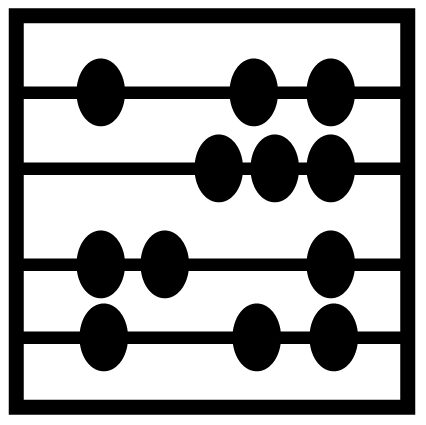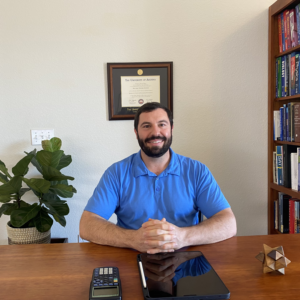The second Tuesday in November is election day and while not a national holiday, it is a very important day for most Americans. Every year election day covers a variety of issues and elected positions at the local, county, state, and federal levels. While the presidential election gets the most coverage every four years (and often the best voter turnout), the elections in between are just as important. This is not a call to vote for one party or another or in favor of one issue or another, it is just simply a call to vote. If you are ages 18 years and older, please get registered to vote. It doesn’t cost you anything and many times the outcome comes down to a handful of votes.
You often see potential outcomes leading up to election day for example a candidate may have 49-47 lead with a margin of error of 3. While it may appear that the outcome has already been decided, the race is considered within the margin of error. This occurs when the margin of error exceeds the lead between two candidates, there is not enough evidence to conclude a certain victory. It is also important to keep in mind, that the sampling which led to this result has the potential for bias based on who has been sampled and also what is referred to as non-response bias when a voter chooses not to respond about how they will vote.
If you are like most Americans, you watch the election results well into the evening on election day. Have you ever asked yourself, how it is possible to decide on a winner before all votes are counted? You might think that this is only possible when there are fewer ballots to be counted compared to the difference in vote total. You may also be wondering if all votes are actually counted. The “Decision Desks” utilize probabilistic modeling and statistics to determine the most likely outcome. The look at past voter history, voter turnout, and reported information when precincts close to attempt to predict how the rest of the votes will fall. They are very careful not to make a prediction too early to avoid having to rescind this early call. While the viewer only sees the result, a lot of math is involved along the way. While all votes should be counted, there is often enough evidence to support a decision one way or another much earlier in the evening using this approach.
To learn more about how you can become an election day expert, schedule your private math lesson today. Just click on the Schedule tab and select the date and time you prefer.




